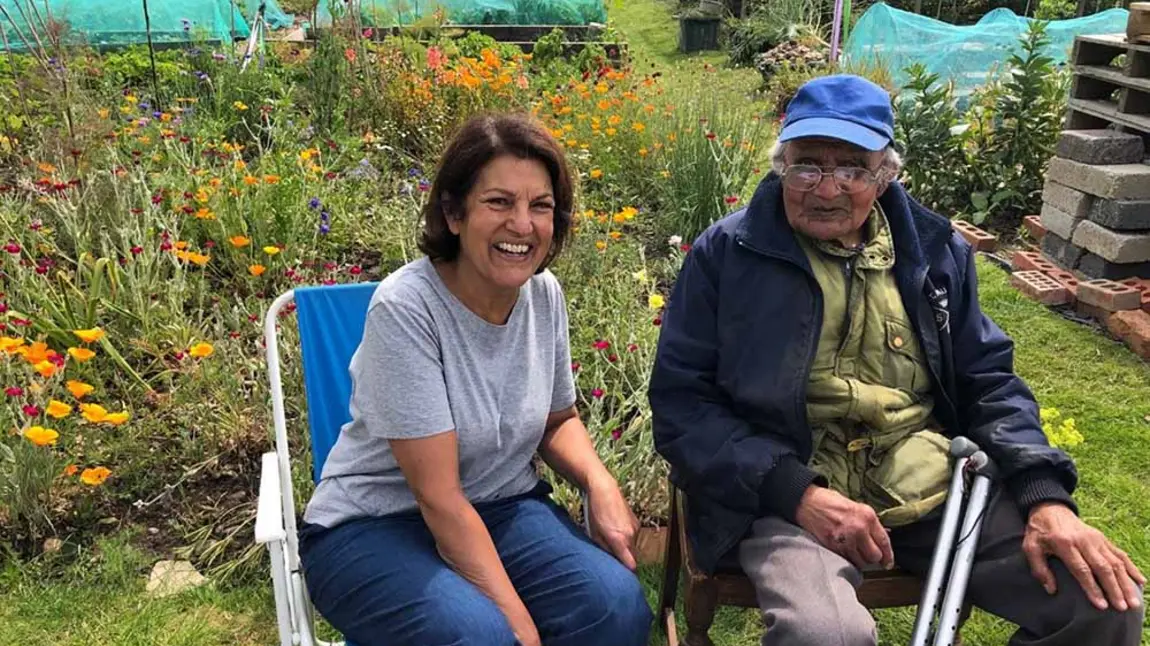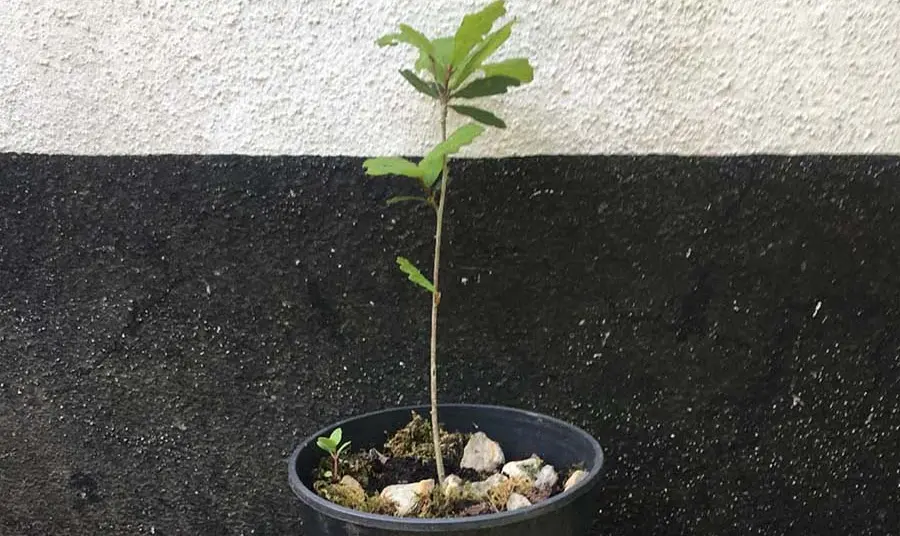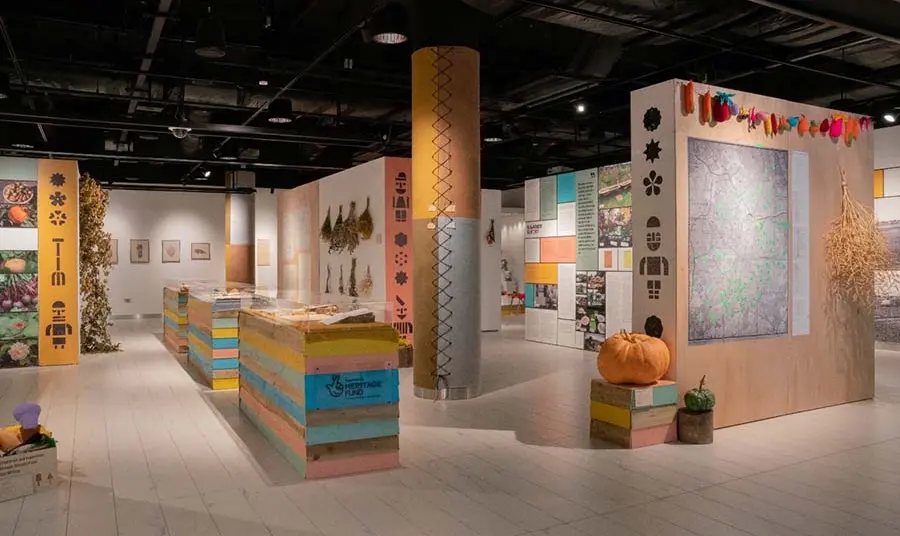Protecting the environment: ten ideas for built heritage and community projects

Get inspired by projects we’ve funded that are supporting nature’s recovery and adapting heritage to respond to climate change. Whether a project is focused on recording oral histories or renovating buildings, we can all do more for nature and the planet.
Every project can make space for nature
By encouraging birds, bats and beetles, these projects are making sure nature can thrive alongside built and industrial heritage.
Saintfield Community Heritage Park is transforming an area including a 19th-century windmill and railway line into space for local people, plants and animals. The project is creating a wildlife and wetland corridor along the old train tracks and adding bird and bat boxes to buildings.
Alongside restoring Britannia, a 100-year old whelking ship, the Britannia 1915 – Relaunch project is planting a new woodland to revive natural habitats and provide sustainable timber for future boatbuilders.

The Belsay Awakes project has combined renovations to Belsay’s historic Georgian hall and medieval castle with work to help nature flourish across the estate. Non-native invasive species have been removed from the gardens, while over 80,000 new native plants are boosting wildlife.
Building for the future
Environmentally conscious construction and restoration work can help us plan for the future while protecting the past.
This project is giving Great Yarmouth Winter Gardens, the UK’s last surviving Victorian ironwork seaside winter garden a new lease of life with passive ventilation, rainwater harvesting and low carbon air source heat pumps.

Glasgow’s Burrell Collection, which reopened in 2022 following a six-year refurbishment, is reducing its carbon footprint and keeping its collections safe at the same time with energy efficient heating and lighting in the form of solar panels and specialist insulating glass.
By repairing disused workshops, Ffestiniog & Welsh Highland Railways is reducing the amount of new carbon-intensive materials, such as cement, needed to redevelop the Boston Lodge engineering works. Solar panels will also help the buildings remain environmentally sustainable in the future.
Everyday environmental sustainability
We all have a responsibility to take action to address climate change, so here are some smaller ways that community-focused projects have reduced their negative environmental impact.
The Birmingham Allotment Project has brought the ‘Reduce, Reuse, Recycle’ attitude of allotment culture to their Wotta Lotta Culture exhibition. It makes use of recyclable paper exhibition boards, pallets and found wood from skips and natural fabric dyes made from allotment-grown materials.

While documenting and celebrating the history of the UK’s first safe space for the LGBTQ+ South Asian community, The Club Kali Network is reducing negative environmental impact every step of the way. Eco-friendly web hosting, virtual meetings and use of recyclable materials and public transport will help reduce the project’s carbon footprint.
Alongside urgent repairs to the church’s spire, St John’s Church in Worksop is creating an eco-friendly hub for the whole community. The new social isolation café uses local resources and biodegradable products, while a gardening space is helping the community connect with nature.
This New Ground is removing barriers to taking part in environmental action for people with learning disabilities. The Groundwork oral history project uses climate positive printers for accessible documents and provides bespoke training on environmental sustainability to empower participants to live sustainably.
Do you have an idea for a project?
Protecting the environment is one of the four investment principles we ask you to take into account when you submit an application.
Learn more about what a well-planned project looks like at our Helping You Apply online webinars. And explore our environmental sustainability guidance for more detail on what we expect from projects.


